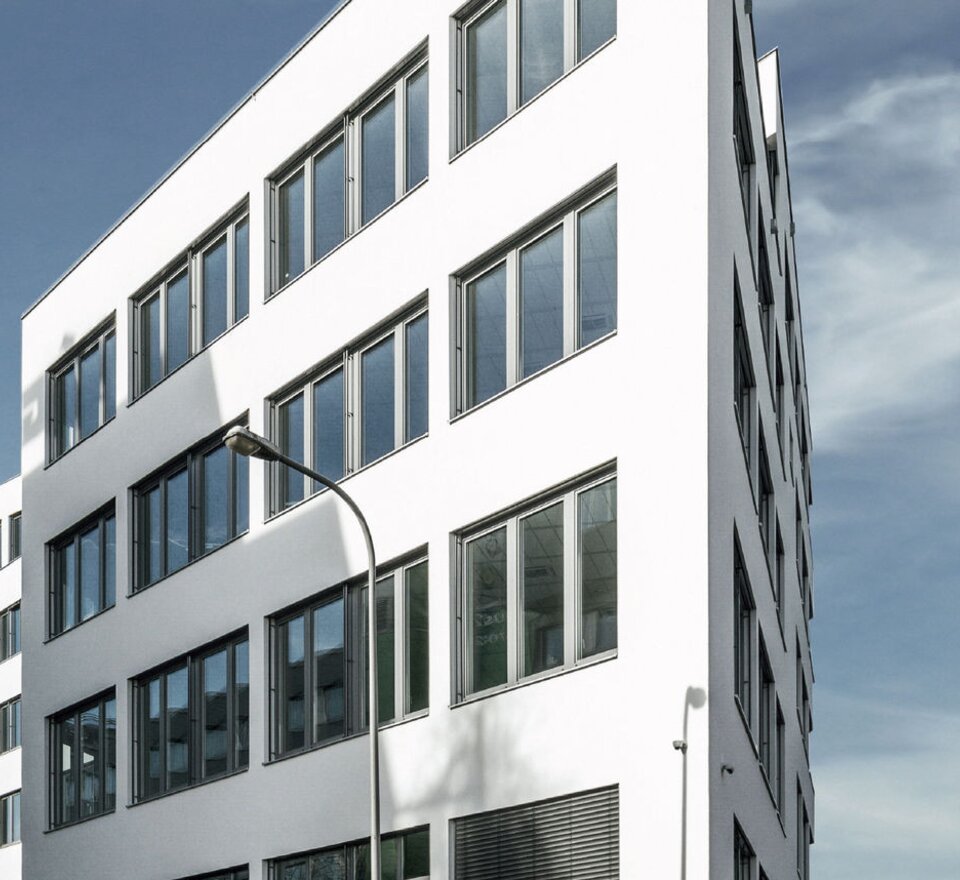Founded in 1997, Atelier Heiss has made a name for itself in the architecture sector. Top customers such as McDonald’s Europe, ÖBB [Austrian National Rail], Kempinski Residence or Schindler Lifts have all already put their trust in the architecture firm’s abilities. Founder Christian Heiss took some time out of his day and invited us to his studio in central Vienna. He told us all about his approach to working and gave us his insights into modern office architecture.
How would you describe your working style?
Heiss: We try not to jump on the latest fashion and short-term trends. Architecture is more long-term and the required quality should also be long-term. And that’s what we look for. We start from scratch with every project because, essentially, all we have to fall back on is our experience. That is the main challenge.
How do you work? How do you go about projects?
Heiss: We have 25 employees and are very team-oriented. Our three main pillars are offices, homes and hotels—these are the core competences around which we work. We work in these three areas so that we have more creative freedom. The teams are always put together with the project in mind. At the start, I am heavily involved in every project to make sure the design is up-and-running.
How do you start a creative process?
Heiss: For me there are always two sources of inspiration: the site and the building owner/construction job. What can be done on the site, where is the light, how are the views. I find the building owners particularly interesting though. What are their quirks, what are their wishes? A building never just stands around soullessly—it is put into operation and used, and it is also closely linked to the building owner. These people are usually very inspiring and you can learn a lot from them.
How difficult is it to balance the wishes of the building owner with your ideas?
Heiss: In my eyes, architecture is a certain type of service. We have to fulfil certain functions but with difference being that there is also an aesthetic and architectural requirement. There is something like a mutual veto: the building owner can say what he doesn’t want just as I can say what absolutely won’t work. This has never lead to conflict, though.
We are sensing more and more willingness to change from companies in the field of office design—probably thanks to models such as Google, Microsoft etc. How do you handle this topic? Do you also sense change?
Heiss: Massively. Open space is more important than ever. My most recent project was almost exclusively open space planning. Generally, this type of space allows for more openness in communication and it consciously creates communication zones within the company. This also includes a trend that puts everyone from supervisors to employees all on the same level—this can also be for psychological reasons.
What role does the office as a location play in this mobile age for you?
Heiss: Working from home is a nice “add-on”, but I still prefer working here in the office during the day. And I require my employees to do the same because we have to constantly coordinate with one another. Of course, it’s great that I can read my emails wherever I am but I am still a friend of a structured work community and direct communication. I don’t find the idea of working solely from home very desirable. Even the mental separation between your own four walls and the office is important, not to mention social isolation is a huge risk.
How do you see the office as a factor for motivation?
Heiss: I am not convinced that architecture is the be all and end all for people’s happiness and satisfaction, but a beautiful building can certainly can go a long way. Good architecture ensures clarity and transparency, for example.

